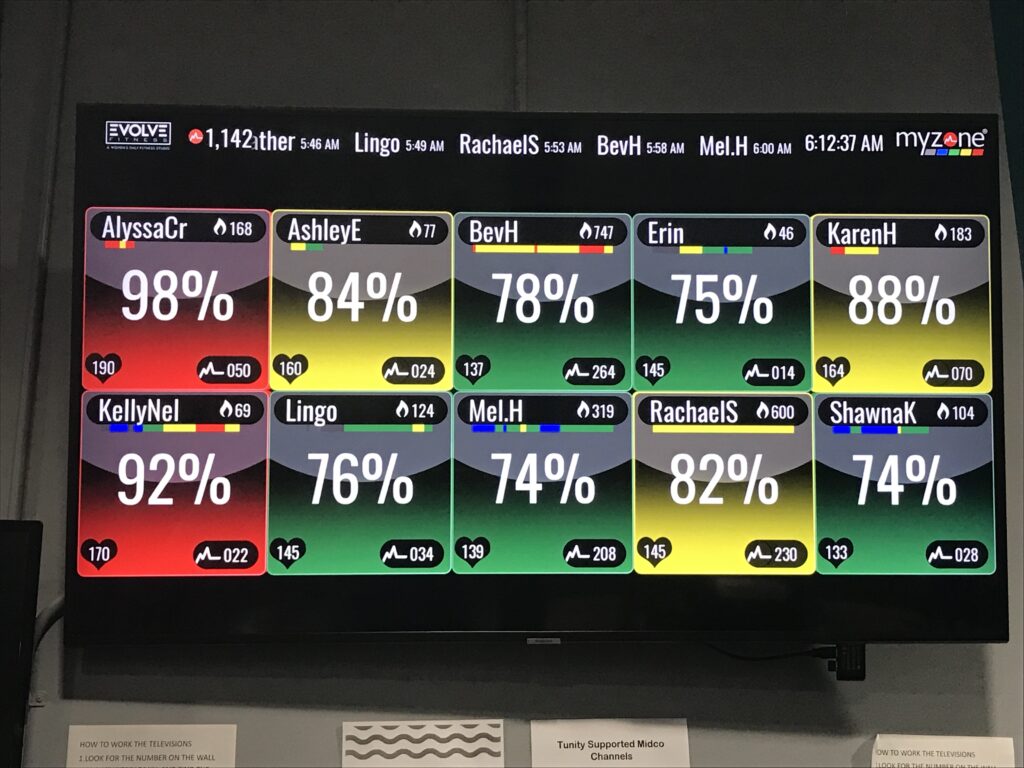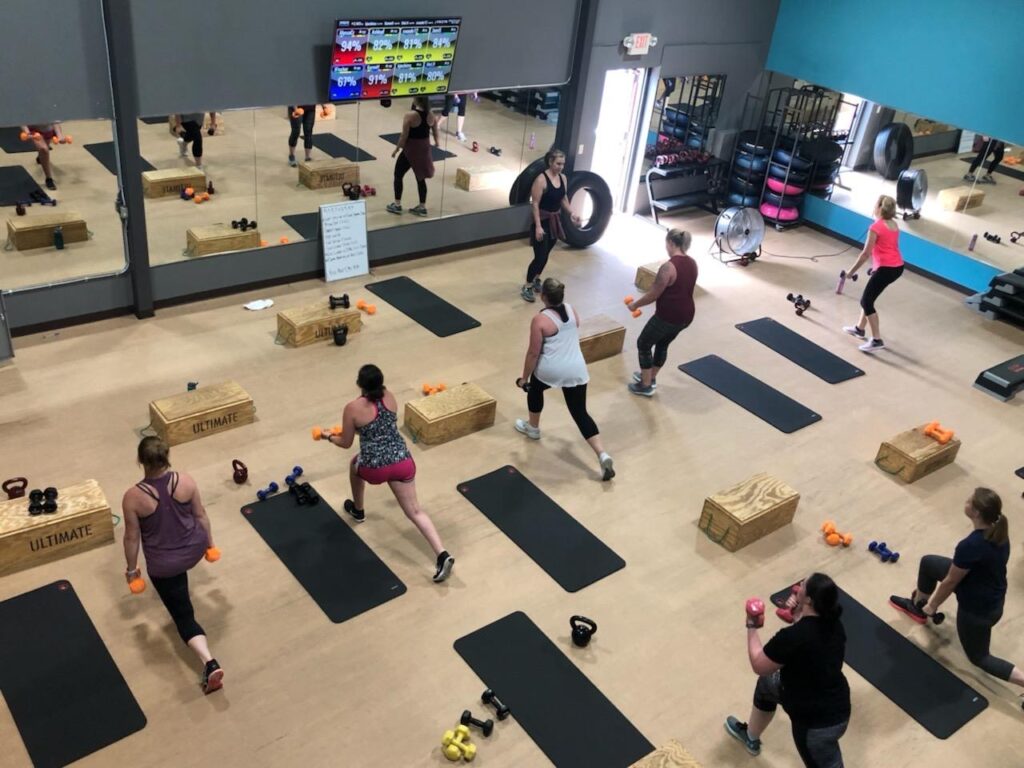We hope that you are experiencing the many benefits of working out with your MYZONE heart rate monitor belt, and we hope that one of those benefits is you feeling more fit!
As you have probably noticed, as you become more fit, you feel more energized and vitalized. You are able to complete the everyday tasks you need to with more energy and efficiency, and you are probably in a better mood while doing so.
We encourage you to take note of all of the ways that you feel more fit as you use your MYZONE belt. We would also like to help you tangibly measure/observe fitness improvements using your belt. In this blog post, we are going to unpack four common phenomena you will notice as you get more fit while using your belt.

Lower Submaximal Heart Rate
As you become more fit, you will notice on your heart rate monitor that it actually gets more challenging to get your heart rate up into the YELLOW and RED zones (the high-intensity zones). Where you might have popped into the YELLOW and RED zones fairly quickly when you were just starting your workout routine, you will notice that it takes more of a workload (speed, incline, resistance, load) to get your heart rate up as you become more fit. For example, your heart rate might have gone up into the YELLOW or RED zone when you were running at a 9 minute mile pace for one or two miles when you first started training, but now after several months of training, if you run a 9 minute mile pace, your heart rate generally stays in the GREEN zone.
This phenomenon occurs because our cardiorespiratory system becomes more efficient as we get fitter – we are able to pump more blood with each heartbeat and we are able to take in and transport more oxygen to our working muscles. Further, our musculoskeletal system becomes more efficient as well, and our mechanics improve so that it takes less energy to make movements occur. The bottom line is that our body is adapting to the stimulus that we are placing on it, and it takes more and more of a stimulus (i.e. workload) to challenge our fitness. Therefore, we will need to increase our workload to challenge our heart rate into the YELLOW and RED zones and continue to improve our fitness.

Able to Sustain Submaximal Zones for Longer Durations
Although it will feel more challenging and take more of a workload to elevate your heart rate into the YELLOW and RED zones, as you become more fit, you will be able to sustain higher intensities for longer durations. For example, you might have felt the sensation of losing steam after only a minute or two in the YELLOW or RED when you first started working out, but now, you can sustain YELLOW or RED for longer and longer (even though it will feel challenging to hold those zones). Check out your Activity Calendar on your MYZONE heart rate monitor app to see how much time you spend in each zone during your workouts over time.
This phenomenon occurs for the same reasons as mentioned in the previous section. In addition, as you become more fit, you elevate your aerobic capacity and your lactate threshold – meaning, you are able to use your aerobic energy system (using oxygen to make fuel) into higher intensities, and you are better able to use lactate as a fuel source and to buffer the buildup of metabolic byproducts that result from working at higher intensities when your anaerobic energy system is augmenting your aerobic energy system.

Faster Recovery
You will also notice that you recover faster following higher intensity bouts of exercise within your workout and at the end of your workout. For example, when performing high-intensity interval training, if you elevate your heart rate into the YELLOW or RED zone for one minute and then recover as much as possible for one minute, you should notice that your heart rate recovers down in less time as you become more fit.This will probably take a minimum of 8 to 12 weeks to see.
This phenomenon is again occurring due to the improved efficiency of your cardiorespiratory system – your body is better able to return toward a resting state at a faster rate. This is a good thing because it is less taxing on both your cardiorespiratory and nervous systems. Your body is learning how to adapt quickly when a stimulus is introduced and recover quickly when that stimulus is removed.
Lower Resting Heart Rate
You will notice that your resting heart rate (your heart rate at complete rest – measured when you are sleeping or while lying down in a rested state) will decrease over time as you become more fit. You can expect to see a decrease by as much as 10 to 15 beats per minute over 12 weeks or more of training. Of course, this will depend on your training status to begin with –the more fit you are when you measure your resting heart rate, the less it will lower when you re-assess. A resting heart rate between 60 and 100 beats per minute is considered within healthy ranges for adults. Very fit endurance athletes have resting heart rates as low as 30 beats per minute.
The phenomenon of a lower resting heart rate occurs because you are improving the efficiency of your cardiorespiratory system and you are training the responsiveness of your nervous system. Many factors can affect heart rate, so be sure to keep as many factors consistent as you can when you re-assess your resting heart rate. Here are a few factors to be aware of that can affect heart rate.
Continue to enjoy the process of becoming more fit with your MYZONE belt, and be sure to track your progress along the way! Keep us posted on how your fitness is improving! Post to Facebook, Instagram, and Twitter and don’t forget to tag us!
Source: MyZone

